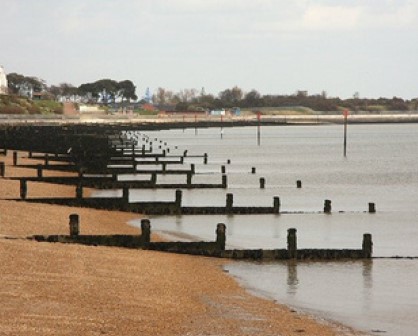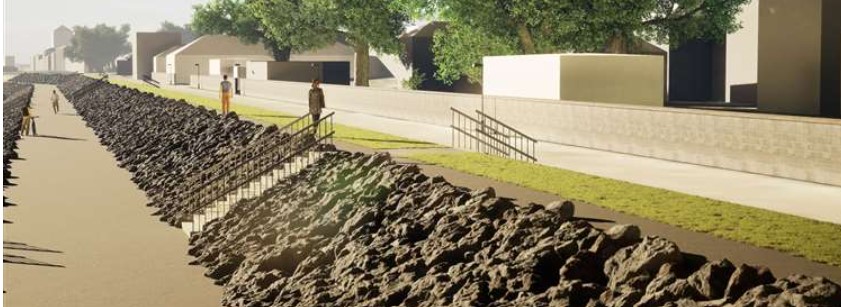
FAQs
Frequently Asked Questions
We have tried to answer some of the more common questions that we have encountered below:
Can we bury Christmas Trees along the coastline like they did in Blackpool?
Unfortunately, because there needs to be at least 20 meters of clear beach between the high tide mark and the begining of dune land for Christmas tree planting so that the trees are not washed away at every high tide, the Christmas tree idea is not a viable option. The Golspie Flood Action Group have investigated this thoroughly including contacting the St Anne’s North Beach Christmas Tree Project co-ordinators to ask for their expertise in accessing the shorelines suitability. Andrew Mills, Area Conservation Ranger at Fylde Council was sent links to the coastal studies that have been done of Golspie, as well as some drone footage & photos of the coastline.
When are the council going to repair the seawall at the harbour and put the railings back?
Although Highland Council stated initially that they will repair the pier, seawall, pathway to the beach and railings by the end of 2024. They have now retracted this and have confirmed that this will not be happening.
What is soft engineering?
Soft engineering uses soft methods including dredging, beach nourishment, and beach scraping to limit erosion and achieve shoreline stabilization. We are investigating bringing in sand to ‘nourish’ the beach in various areas and we are also looking into replenishing the sand dunes by replanting marram grasses. This in turn will encourage wild life to the area and aid the ecological system.
What is hard engineering?
Hard engineering involves using artificial structures to try to control erosion and achieve shoreline stabilization. Methods include gabions, groyens, rock armour, revetments, rock filter units, concrete mattresses and sea walls etc. We already have some of these structures in place along some of the shoreline from the Golspie burn entrance to the sea all the way to the Go Kart Track





What is a bank and berm revetment?
Bank and berms can be produced naturally when sand and/or stones are deposited by the sea producing a ‘slope’ which ends with a levelling off bank type structure. The slope helps to slow down the incoming sea, taking some of the force out of the wave action as the water has to be pushed up hill. This type of structure can also be artificially produced.



© Golspie Flood Action Group 2025